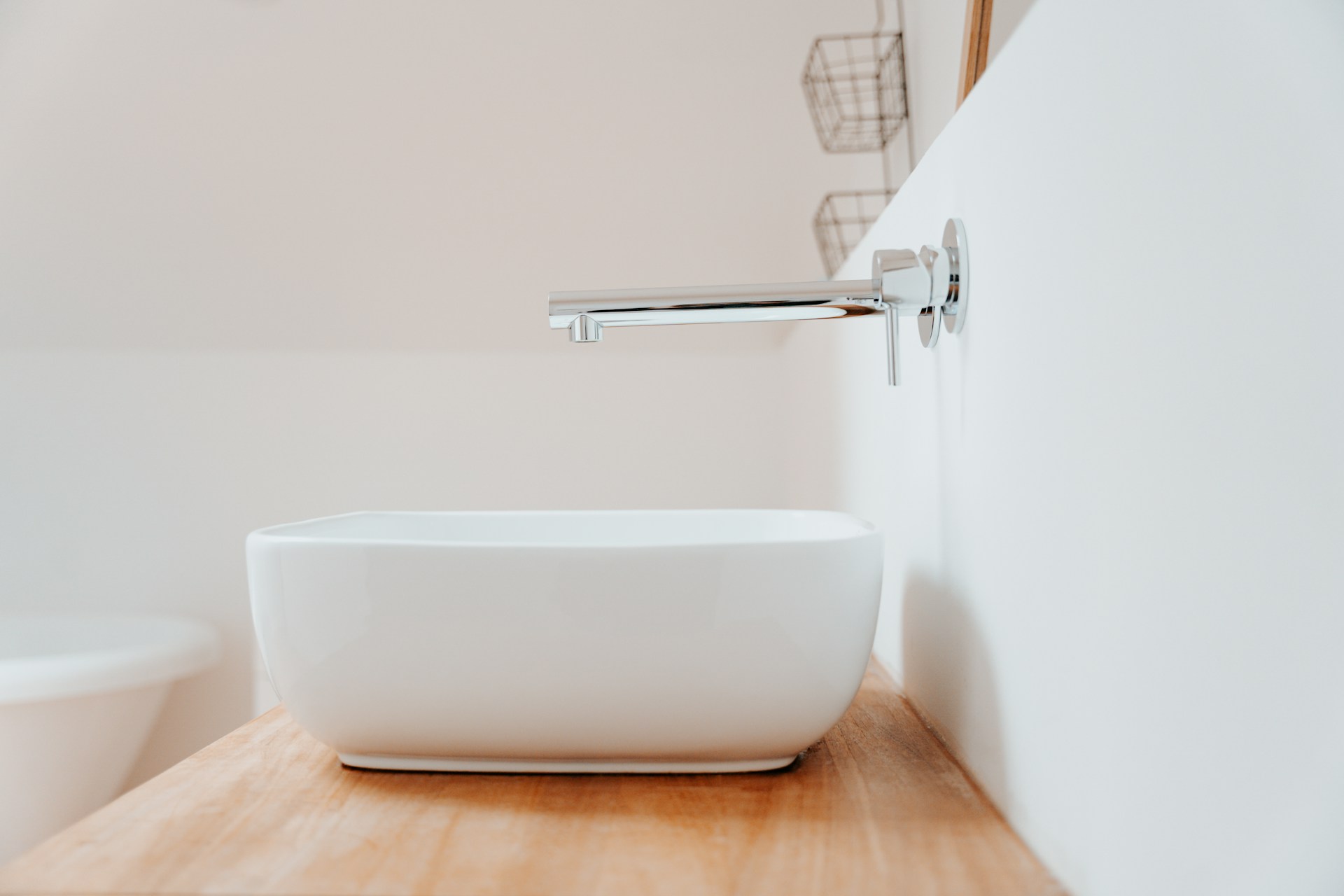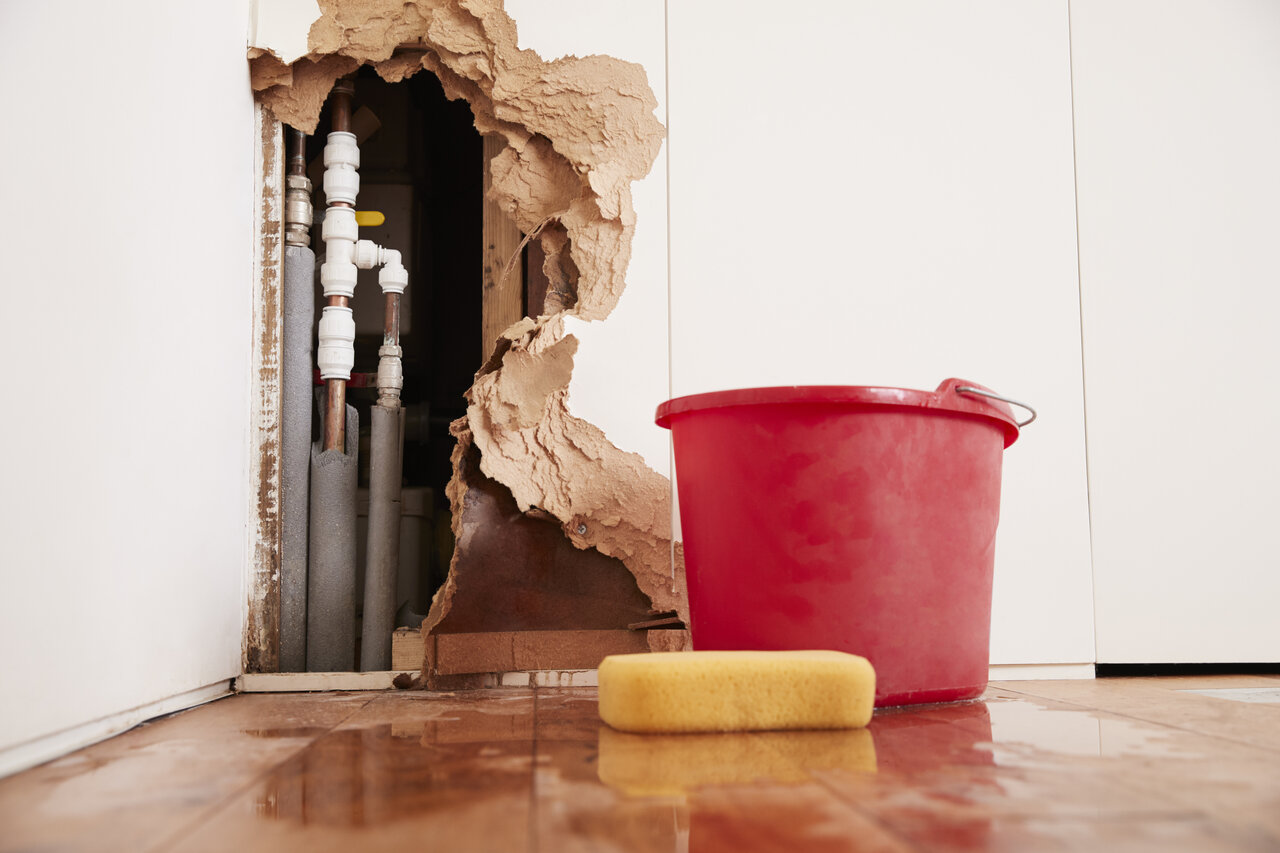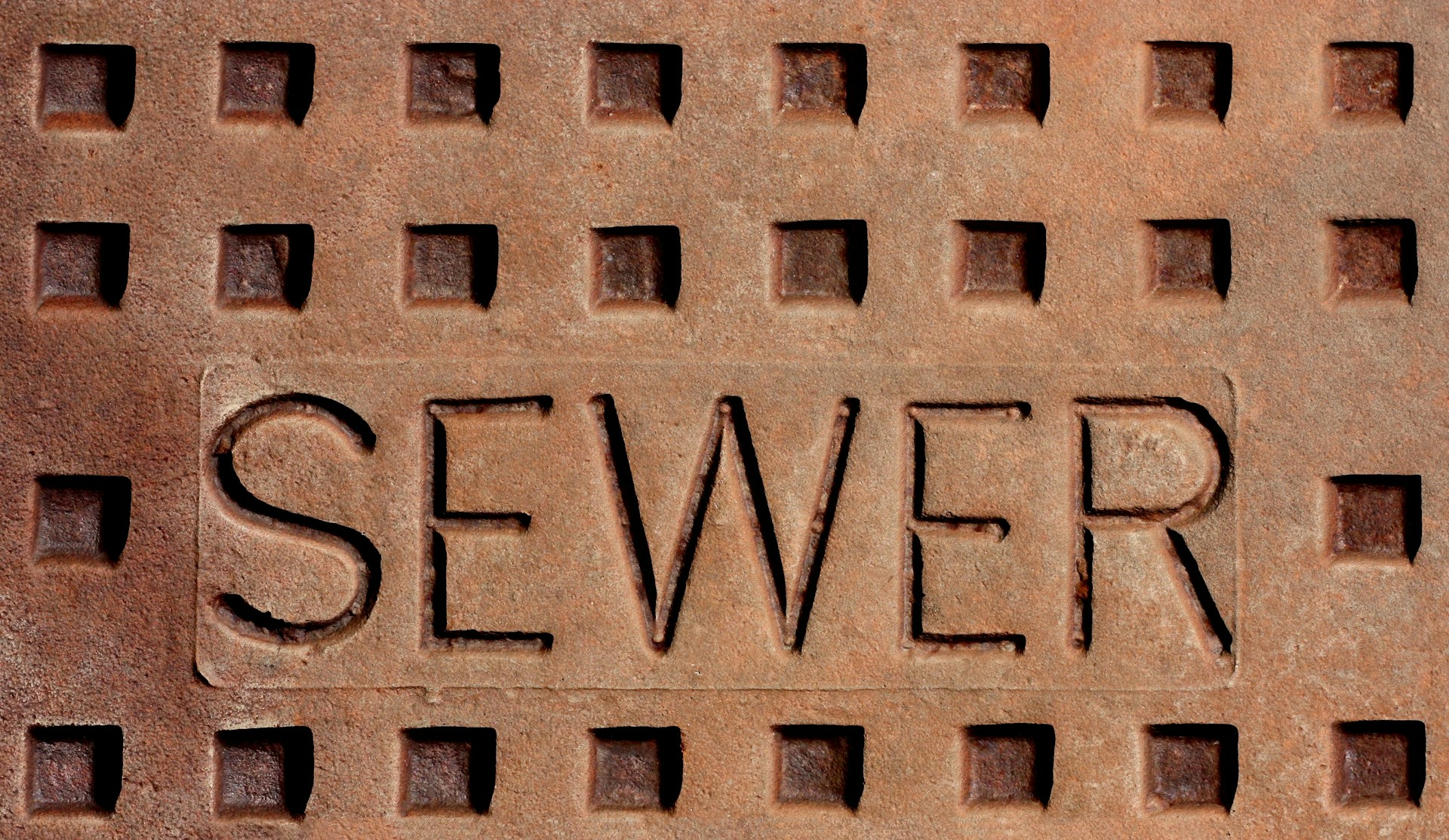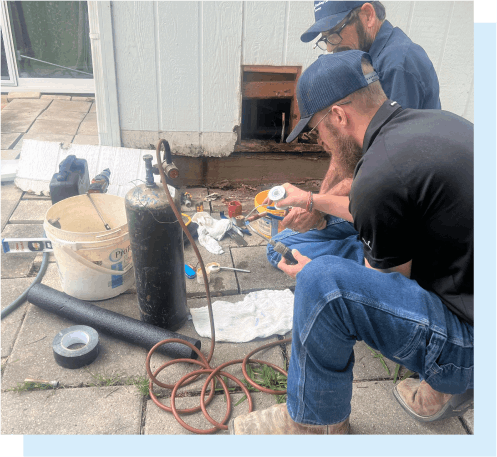When the foundation of your home in San Antonio starts showing signs of sewer damage, it’s not something to put off. Sewer pipe leaks under the foundation can cause way more than just plumbing issues. They can shift the foundation, cause structural cracking, and lead to bigger problems like damp floors, bad smells, and even collapsed spots in extreme cases. It might not be obvious at first, but when sewer pipes beneath the concrete crack or leak, the ground underneath can soften or wash away, weakening the structure from the bottom up.
Taking care of a sewer pipe leak in the foundation early on is one of the smartest things a homeowner can do. The longer it sits, the worse the damage becomes—not just to the plumbing system but to the actual bones of the house. Hardwood flooring can start warping. Walls might begin to crack. Indoor air can take on a musty smell. And repairs only get more complicated over time. That’s why it’s helpful to know what to watch for, what causes these leaks, and what immediate steps make sense.
Identifying Signs Of Sewer Damage In Your Foundation
Foundation issues don’t always show up with a loud burst or gushing water. Sometimes the signs are quiet at first, which makes them easy to overlook. But there are clues that something might be going on below the surface.
Here are some of the most common signs to look for:
– Damp sections of flooring with no clear reason, especially around bathrooms or kitchens
– Cracks in the slab or along interior walls that seem to show up out of nowhere
– A musty or sewer-like odor that hangs in the air, particularly near the lower levels of the home
– Mold or unusual moisture on flooring or baseboards
– Water stains where they shouldn’t be—on concrete, corners of rooms, or under cabinets
– A slow but steady increase in your water bill, even when usage hasn’t changed
– A shift in water pressure while using fixtures
One San Antonio homeowner noticed the toilet shifting just slightly when used. At first, they thought it was wobbly or the base wax ring had come loose. But after a while, small cracks formed in the floor tile nearby. That ended up pointing to a leak below the slab, which had weakened the concrete.
Because sewer pipe leaks don’t usually gush like a burst supply pipe, they often go unnoticed longer. But the damage still spreads. Moisture builds beneath the flooring or foundation and affects the integrity of both materials and air quality.
Being aware of these small clues, and how they might connect to something deeper, is the first step in preventing major structural damage down the line. If two or more signs appear together, especially odor plus moisture or cracking walls plus shifting floors, it’s time to take the situation seriously.
Common Causes Of Foundation Sewer Pipe Leaks
Understanding what leads to a sewer pipe leak in the first place can help you know what to watch for and how to prevent new ones in the future. Here are some of the typical causes:
1. Ground Movement
The soil under your home doesn’t always stay put. Heavy rain, frequent dry spells, or long periods of drought can cause the ground to shift. Since San Antonio soil contains a lot of clay, it expands and contracts with moisture changes. That movement puts stress on pipes and can lead to cracks or misalignment.
2. Aging Pipes
Pipes don’t last forever. Materials like cast iron, which were once common in older homes, can corrode or collapse over time. Even PVC pipes can wear out with enough pressure or improper installation. Once a crack forms, leaks can slowly develop underneath the concrete.
3. Poor Installation
If sewer lines weren’t properly supported when installed, or if wrong materials were used, the system could fail early. When rigid piping has dips or low spots, debris builds up, water flow slows, and stress increases, making breaks more likely.
4. Heavy Loads Above the Slab
Adding floors, hot tubs, or even large storage units without properly distributing weight over the foundation can cause stress on the pipes below. Over time, that strain leads to cracking or shifting along the pipe lines.
5. Tree Roots
Sewer pipes are a magnet for tree roots, thanks to the moisture and nutrients running through them. Even a tiny crack can let roots in. Over time, roots grow inside the pipe and break it apart. In San Antonio yards, live oaks and similar trees often stretch roots far and wide, reaching under foundations without much warning.
If your home or area has experienced any of these conditions—whether it’s age, drainage issues, or nearby tree growth—it makes sense to keep an eye out for sewer complications before they become harder to manage.
Immediate Steps to Take Upon Suspecting a Sewer Leak
If you notice signs that point to a sewer pipe leak in your foundation, don’t wait too long to act. The sooner you handle it, the less risk there is of long-term foundation problems. Time matters, especially with water soaking into places it shouldn’t be.
Here are a few steps you can take right away:
1. Limit water usage. Cut down on long showers, running the dishwasher, and laundry until you know the issue.
2. Shut off the main water valve if you suspect a serious leak. This can stop more water from entering and reduce pressure on the damaged pipe.
3. Look for visible signs of water pooling or spreading under floors, near baseboards, or in foundation cracks.
4. Avoid digging or disturbing the area around your foundation. While it might seem like a good way to investigate, it can make the damage worse or complicate repair work.
5. Keep pets and kids away from the affected area to avoid slipping or exposure to sewer water.
Resist the urge to try and fix plumbing underneath your foundation yourself. These types of repairs typically need specialized tools like cameras and moisture meters. Besides, digging into a concrete slab without knowing exactly where the issue is can result in bigger damage and higher repair costs.
Getting the right help early can save your structure from more wear and tear. A clear inspection and solid diagnosis are what drive successful repairs, and that starts with someone experienced in under-slab systems.
Why You Need Professional Repair for Sewer Pipe Leaks
Sewer pipe leaks below your foundation aren’t the kind of plumbing problem you can patch with tape or a wrench from the garage. These issues call for more than guesswork. Licensed plumbers use technology that pinpoints where the damage lies, like video cameras that snake through the lines or pressure tests that find weak spots. That makes it easier to come up with the right fix without tearing up extra parts of your floor or yard.
Professional crews also know how to read the condition of your slab and soil, which affects how repairs should be done. Sometimes a small section needs to be tunneled under. Other times, a piece of the foundation might have to be cut and replaced. Making the right call early helps avoid unnecessary costs later.
A quality repair doesn’t just seal a crack. It restores the proper function of the sewer line and helps prevent shifting or future leaks from weak spots. And once the line is repaired the correct way, your home has a better chance of avoiding moisture issues and major foundation troubles in the future.
Take the hassle out of second-guessing and keep the stress low by leaning on licensed professionals who handle these situations regularly. That way, you can be confident that your home is safe and the problem was fixed the right way.
Preventative Measures for Avoiding Future Sewer Leaks
After dealing with a leak under your slab, the next natural question is: How do I keep this from happening again? The good news is, there are smart ways to protect your home long term.
Here are a few preventive tips to lower the risk of future leaks:
– Schedule routine inspections for aging pipes or areas with high moisture history
– Use slow-growing landscaping near the home’s perimeter, and keep tree roots away from sewer lines
– Avoid flushing anything down toilets or drains that might clog or stress the sewer system
– Make sure your home’s drainage system moves water away from the foundation during heavy rain
– Upgrade old pipes to more durable materials if your system is aging or has had past issues
If you’re in an older San Antonio home or your property has deep-rooted trees nearby, keeping gutters and drainage systems properly maintained can also help. A combination of good habits and regular professional check-ups can go a long way toward keeping the ground under your foundation stable and leak-free.
Protecting the Ground Beneath Your Home
Finding signs of a sewer pipe leak in your foundation can feel overwhelming. You start with a few odd smells, moisture in the floor, or new wall cracks, and it quickly turns into a much bigger concern. But with the right awareness and fast action, you can stay ahead of the problem before it does real damage.
Addressing these leaks early keeps your structure safer, saves you money in the long run, and helps reduce health risks from mold or sewer exposure. Inspections, correct repairs, and a bit of forward planning all come together to protect your home and give you peace of mind.
Owning a home in San Antonio means keeping up with the unique challenges of the area’s soil and weather. Staying alert to early signs of foundation sewer damage, bringing in pros to handle repairs, and taking steps to limit future cracks and leaks all work together to keep your foundation strong for years to come.
Addressing a sewer pipe leak in foundation quickly is important to protect your home and avoid hidden damage. At George Plumbing Co., Inc., we’re familiar with how foundation issues can affect properties in San Antonio and are here to help keep your plumbing secure. To better understand how we can support you, learn more about our sewer pipe leak in foundation services and take steps to prevent further problems before they grow.





